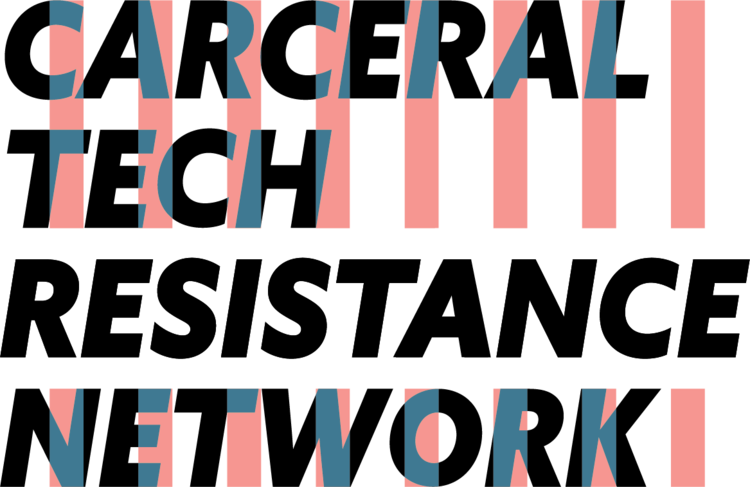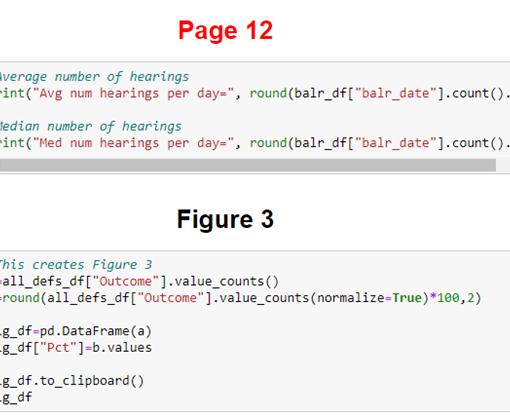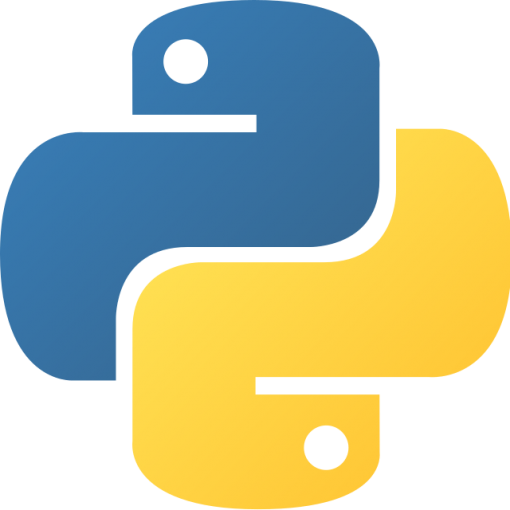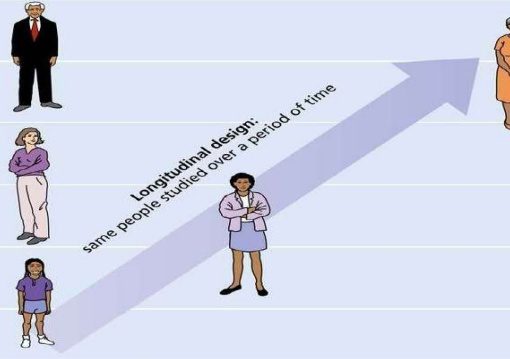
What is the Carceral Tech Resistance Network (CTRN)? A coalition for “those organizing against the design, experimentation and deployment of carceral technologies (CCTV, drones, electronic monitoring, facial recognition, etc.) by building community archives, community knowledge, community defense and community power.” In a Logic Magazine interview with Sarah T. Hamid (policing tech campaign lead at CTRN and one of the creators of the #8toAbolition campaign), Sarah states that CTRN was created out of two primary needs:
- First, we started to realize that these technologies, often rolled out at a local scale, have afterlives—they travel to other contexts, where communities may have less familiarity with them, or no organized base prepared to confront and dismantle them. So there was a need to knowledge-share and foster mentorship between community organizations.
- Second, we felt an urgent need to build a different relationship to the cataloging, databasing, and archiving practices that are widely deployed in movement spaces—but which also share a troubled history with the exact same surveillance technologies we are working to dismantle.

CTRN works to organize against the use of digital carceral technologies. Beyond that, it is important to understand that the network is also organizing against a “long history of analog carceral technologies, as well as historic carceral practices like forced sterilization, medical experimentation in prisons and security landscaping.” Additionally, Sarah sates that the network is “organizing in communities that have a long history of fighting those practices, communities that have acquired knowledge about how to fight and build safety against the rollout of experimental carceral programming, whether analog or digital.”
Though this technology has many benefits and advantageous uses, it is not without issues and is not exempt from critique. The role it plays in modern policing and its contribution to violence and marginalization of vulnerable groups has been a harsh reality for many communities for decades. The Ferguson uprisings in 2014 sparked significant national debate and discourse on policing and policing tactics and has especially gained momentum since George Floyd’s murder in May 2020. While many critics of digital carceral technology tend to frame police surveillance and intrusion of privacy as an issue that affects everyone, CTRN’s organizers feel that this narrow focus has a “depoliticizing effect” on their work. In expanding on this, Sarah explains,
“We organize against a category of violence– legally sanctioned violence by the carceral state– that has a long history of radicalized surveillance, and a short history of digital surveillance. These technologies aren’t just creepy. These technologies don’t just make the subject feel watched, or like they can’t express themselves. These are violent technologies, so the goal can’t be to just make them a little less intrusive.”

Reanalyzing and giving more thought to our own relationship with these technologies is worthwhile, as is taking a deep dive into the history of carceral technologies, systems and practices in the U.S. and their use abroad. By using, and thereby normalizing certain technologies, are we paving the way for the state to use them against us or marginalized communities? I think this poses an interesting question, regardless of where one stands politically and morally on these issues.
Additional Reading:
Captivating Technology: Race, Carceral Technoscience, and Liberatory Imagination in Everyday Life by Ruha Benjamin



